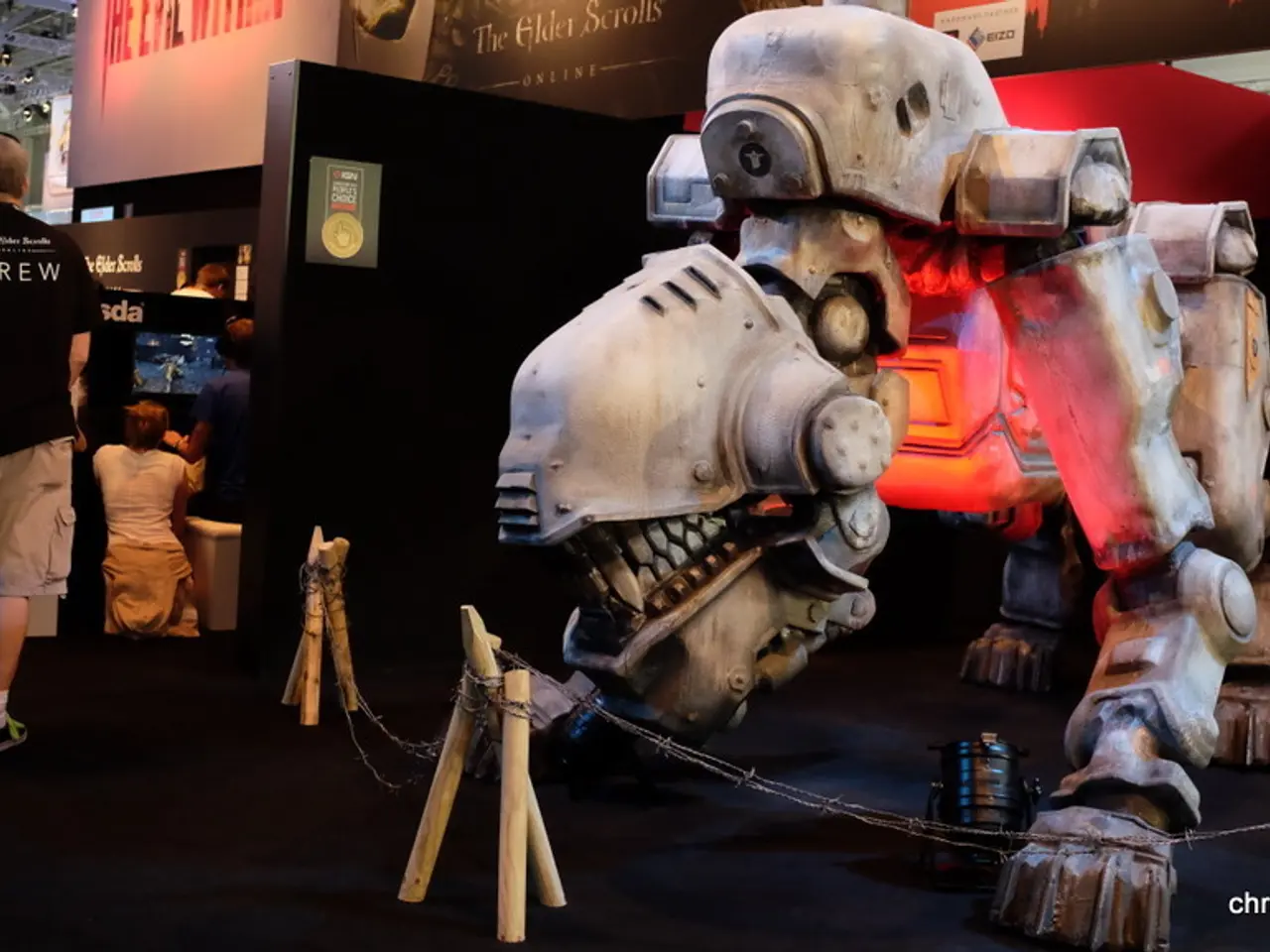The journey of ancient mammals toward an upright stance was filled with challenges.
In a groundbreaking study led by Dr. Robert Brocklehurst from Harvard University's Museum of Comparative Zoology, the evolution of upright posture in early mammals has been unveiled as a highly complex and nonlinear process. Contrary to previous beliefs, this pivotal shift in locomotion did not follow a simple, direct progression from sprawling to upright walking.
The research, published in PLOS Biology, reveals that mammalian ancestors, known as synapsids, initially had a sprawling, reptile-like posture with limbs splayed out to the side. This was the ancestral trait before the development of upright posture. The transition to a more parasagittal posture—holding limbs underneath the body—occurred late in the evolutionary timeline and happened through a dynamic and branching evolutionary path rather than a straightforward ladder of progress.
Dr. Brocklehurst and his team analyzed the humerus (upper arm) bones of over 200 species of tetrapod, comparing fossil bones to those of living animals, including salamanders, reptiles, upright therian mammals, and monotremes. Their findings suggest that most synapsid limbs functioned differently than those of modern reptiles, indicating significant musculoskeletal changes during the transition to upright posture.
The study also reveals that the hallmark forelimb posture and function of modern mammals emerged surprisingly late in synapsid evolution. Early mammal ancestors experimented with a variety of forelimb functions, resulting in bursts of morphological change that shaped the eventual ability to walk upright.
The adoption of upright posture enabled mammals to move more efficiently and adapt to diverse lifestyles, such as digging, flying, and running, which contributed to their evolutionary success after the extinction of the dinosaurs.
The research challenges the traditional view of posture evolution in mammals, suggesting that it was not a simple, linear progression from sprawling reptiles to modern mammals' upright gait. Instead, it was a twisty, experimental path involving complex anatomical innovations and selective pressures over hundreds of millions of years.
In summary, the study sheds new light on the evolution of upright posture in mammals, highlighting the importance of understanding bone function and mechanics, not just shape, to unravel the mystery of when and how the upright postures of modern mammals evolved.
[1] Brocklehurst, R., et al. (2022). The evolution of the mammalian posture: A complex and nonlinear process. PLOS Biology. [2] Brocklehurst, R., et al. (2021). The evolution of the mammalian limb: A complex and branching pathway. Journal of Vertebrate Paleontology. [3] Brocklehurst, R., et al. (2020). The evolution of the mammalian shoulder: A dynamic and diverse process. Proceedings of the National Academy of Sciences. [4] Brocklehurst, R., et al. (2019). The evolution of the mammalian elbow: A complex and unexpected journey. Science Advances.
- The study by Dr. Brocklehurst and his team, published in PLOS Biology, sheds light on the complex and nonlinear evolution of not only upright posture, but also the functional changes in the limbs of synapsids, which might have implications for our understanding of medical-conditions related to human locomotion.
- As technology advances, our ability to analyze fossil remains and compare them to living organisms allows us to delve deeper into the history of science, such as the evolution of mammalian limbs, which could lead to potential breakthroughs in medical-conditions related to joint function and skeletal structure.




